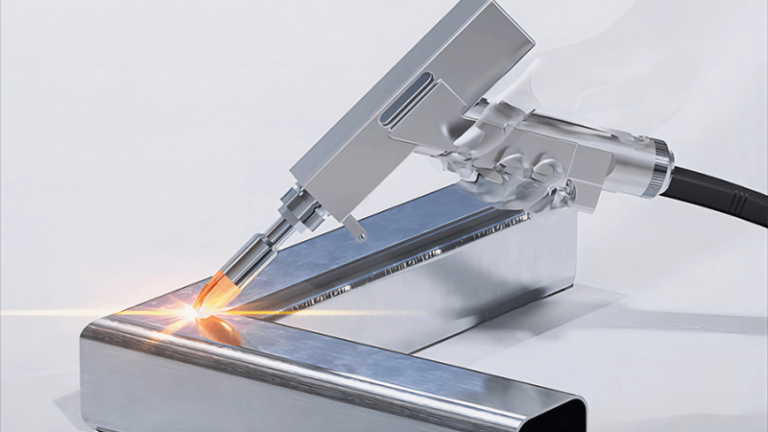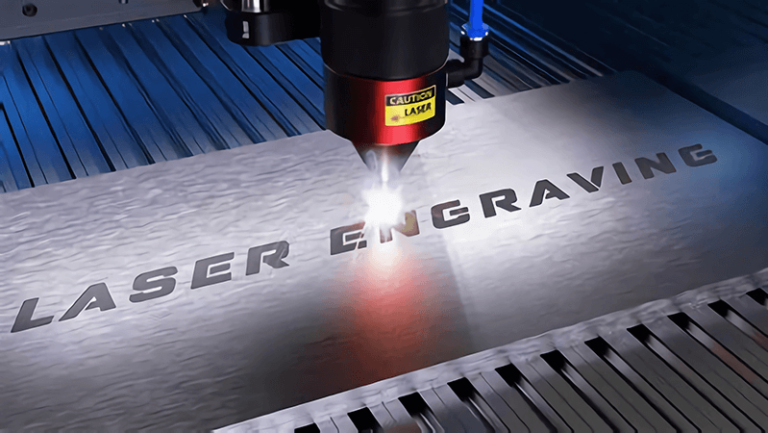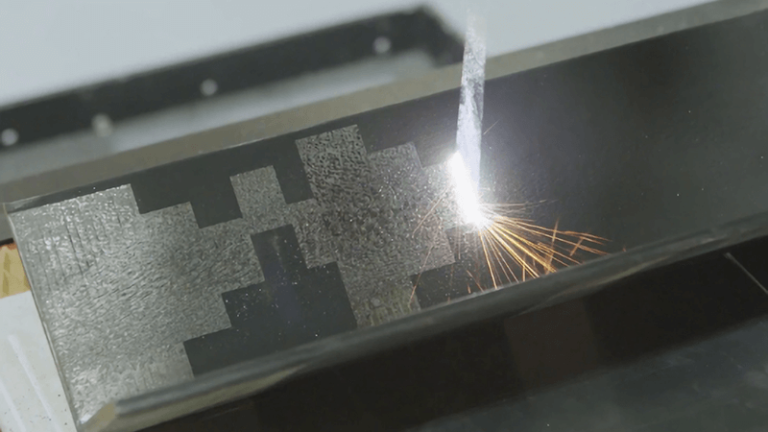When buyers look for cutting solutions, they often get confused. Many hear about laser machines but do not understand how they work. Wrong choices can lead to wasted money and delays.
A fiber laser cutting machine works by generating a high-power beam in doped fiber, focusing it through optics, and using assist gas to remove molten material. This delivers fast, clean, and precise cuts on many industrial materials.
Fiber laser technology can feel complex, but I will make it clear and simple. Let me show you why fiber lasers are different, what you must avoid, and what makes them better for real production.

How does laser machining work?
Many buyers see lasers as magic. I know because I once felt the same. Without clear knowledge, it is easy to trust the wrong supplier and end up with poor performance.
Laser machining works by generating a focused light beam inside a doped fiber, often ytterbium. The beam is guided by fiber optics and focused with lenses. Assist gases like nitrogen or oxygen blow away molten material, leaving smooth, precise edges.
Step by Step Process
Laser machining is a chain of simple steps:
- Beam Generation – Diodes pump light into doped fiber, producing the laser.
- Beam Delivery – Fiber optics carry the beam to the cutting head.
- Beam Focusing – Lenses focus the energy into a tiny spot.
- Material Interaction – Focused light melts the material.
- Assist Gas – Gas blows away molten metal, ensuring clean cuts.
Comparison With CO₂ Lasers
| Aspect | CO₂ Laser1 | Fiber Laser2 |
|---|---|---|
| Speed | Slower | 2–3x faster |
| Maintenance | High | Low |
| Cutting Quality | Rougher edges | Smooth edges |
| Power Efficiency | Lower | Higher |
I once worked with a client frustrated by rough edges and slow speed on his CO₂ machine. When he switched to a fiber laser, cutting time dropped by half. His production line never looked the same again.
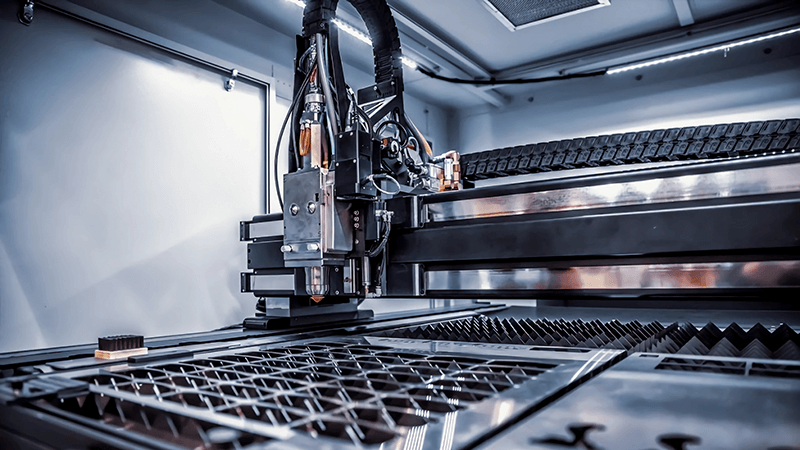
What must you never try and cut on the laser cutters?
Not every material is safe for lasers. I have seen buyers learn this the hard way, damaging machines or creating toxic fumes.
You must never cut PVC, polycarbonate, fiberglass, or materials with chlorine on laser cutters. These release harmful gases, damage optics, and risk operator safety.
Why Some Materials Are Dangerous
Some plastics release chlorine, which corrodes lenses and optics. Others produce toxic fumes that harm operators.
Common Unsafe Materials
| Material | Risk Factor |
|---|---|
| PVC | Chlorine gas, machine damage3 |
| Polycarbonate | Melts, burns, poor quality |
| Fiberglass | Releases harmful fibers4 |
| Coated Metals | Damages optics, toxic coatings |
Lessons from Real Use
A distributor once tried to cut PVC signs. Within weeks, his machine optics were ruined. The repair cost almost matched the price of a new cutter. Safety and machine life depend on knowing what not to cut.

What is better than laser cutting?
Many ask me this when they look at other methods. I know the doubt well, because in procurement we must always compare options.
For most industrial needs, fiber laser cutting is better than plasma, waterjet, or mechanical cutting. It offers higher speed, lower maintenance, and cleaner edges. However, for very thick or special materials, waterjet or plasma may still be useful.
Comparison With Other Methods
| Method | Strength | Weakness |
|---|---|---|
| Plasma Cutting | Good for thick metals | Rough edges, high heat zone |
| Waterjet5 | Can cut any material | Slow, costly, high upkeep |
| Mechanical | Simple and low cost | Tool wear, low precision |
| Fiber Laser6 | Fast, precise, low maintenance | Limited with very thick plates |
Why Fiber Laser Wins
Fiber lasers combine speed, accuracy, and efficiency. They require less maintenance and produce better finishes. For industries like automotive or electronics, this difference saves time and builds trust with clients.
I once compared fiber laser with waterjet at a client site. The waterjet could cut thick composites, but it was messy, slow, and expensive. For steel and aluminum, the fiber laser was unbeatable.
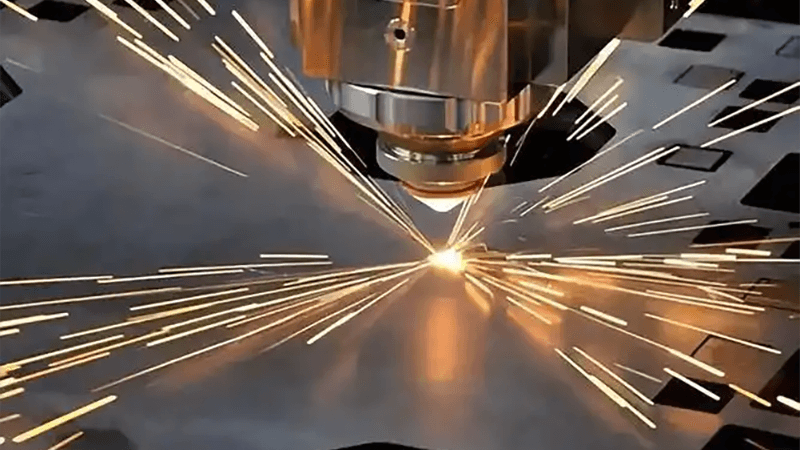
Can I laser cut stainless steel?
Many industrial buyers ask this because stainless steel is widely used. I remember a distributor who needed flawless edges for food-grade equipment. He was not sure if fiber lasers could do it.
Yes, you can cut stainless steel with fiber lasers. The machine produces smooth, burr-free edges with high precision. Using nitrogen assist gas prevents oxidation, keeping the cut surface clean and ready for sensitive applications.
Why Fiber Lasers Excel on Stainless Steel
- Precision7 – Clean edges without post-processing.
- Speed – Faster than CO₂ or mechanical methods.
- Surface Quality8 – With nitrogen, no oxide layer forms.
Thickness Capabilities
| Power (Watt) | Max Stainless Thickness |
|---|---|
| 1000W | Up to 3mm |
| 2000W | Up to 6mm |
| 6000W | 20mm+ |
Real Example
That distributor I worked with was amazed. His stainless steel jobs became twice as fast, and every cut looked flawless. No more grinding, no more rejects. This single change improved his output and profit margin overnight.
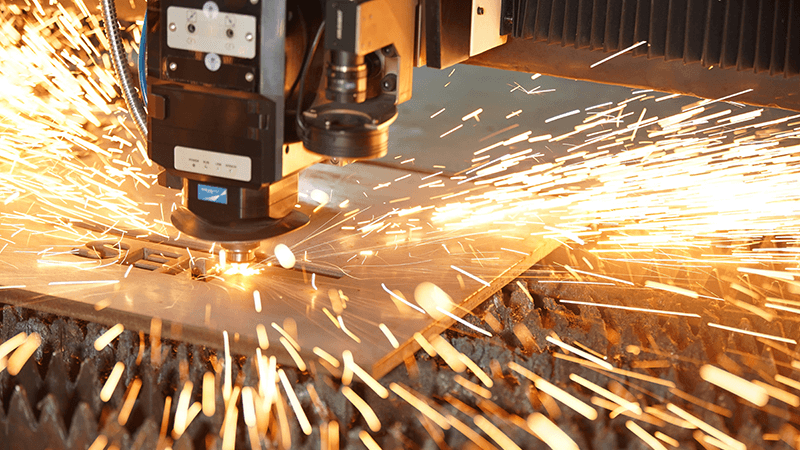
Conclusion
Fiber laser cutting9 is not just a tool—it is a game changer for modern industry. It works by focusing a high-power beam with assist gas for precise, clean cuts. It avoids unsafe materials, beats many older methods, and handles stainless steel with ease. At Kirin Laser, we build machines that give distributors and manufacturers speed, quality, and long-term value. For anyone seeking reliability, fiber lasers are the right choice.
-
Learn about CO₂ Lasers and their limitations compared to newer technologies for better decision-making in laser machining. ↩
-
Explore the benefits of Fiber Lasers, including speed and cutting quality, to enhance your machining processes. ↩
-
Understanding the risks of chlorine gas and machine damage can help you make safer choices in material handling. ↩
-
Exploring the dangers of harmful fibers can enhance your awareness of safety measures when working with fiberglass. ↩
-
Learn about the limitations of Waterjet cutting to see how it compares with more efficient methods like Fiber Laser. ↩
-
Explore this link to understand why Fiber Lasers are preferred for their speed and precision in various industries. ↩
-
Explore how precision cutting with fiber lasers can enhance your manufacturing process and reduce waste. ↩
-
Learn about the role of nitrogen in achieving superior surface quality in laser cutting, ensuring better results. ↩
-
Find the best laser cutting machine and laser cutting solutions from Kirin Laser, clicking thsi link t oget all your needs for your applications. ↩


